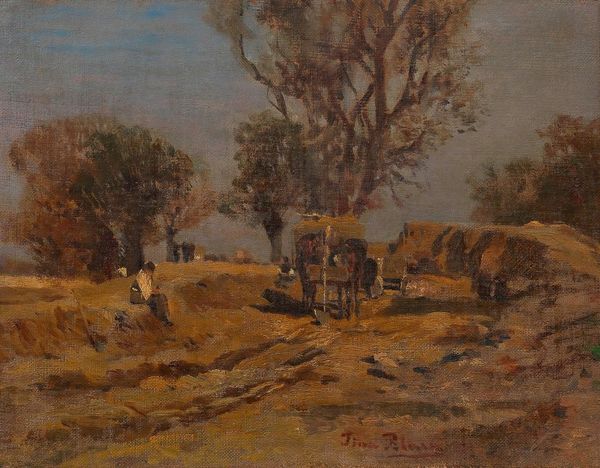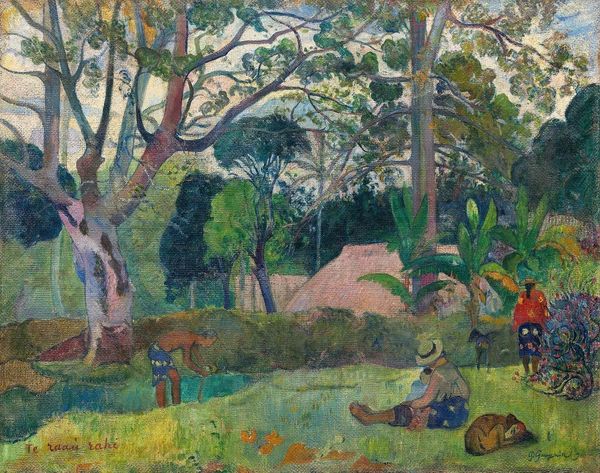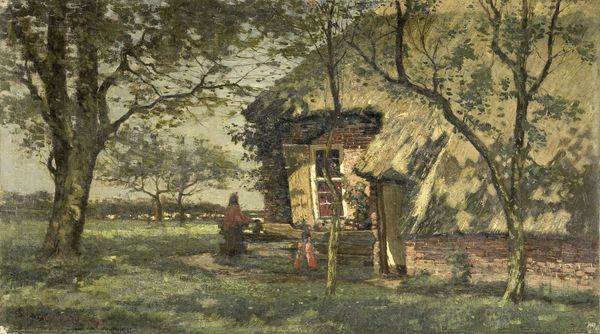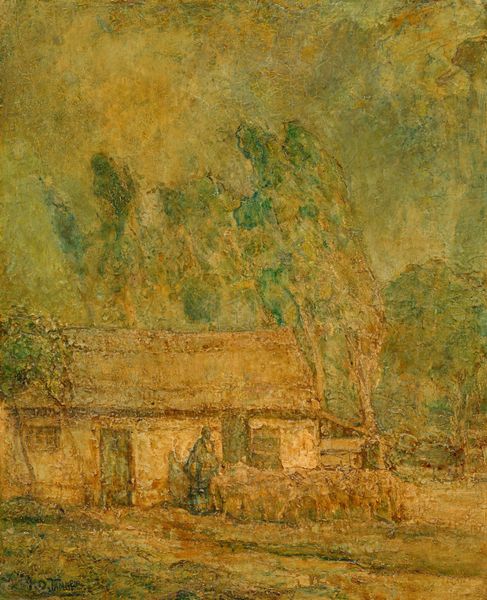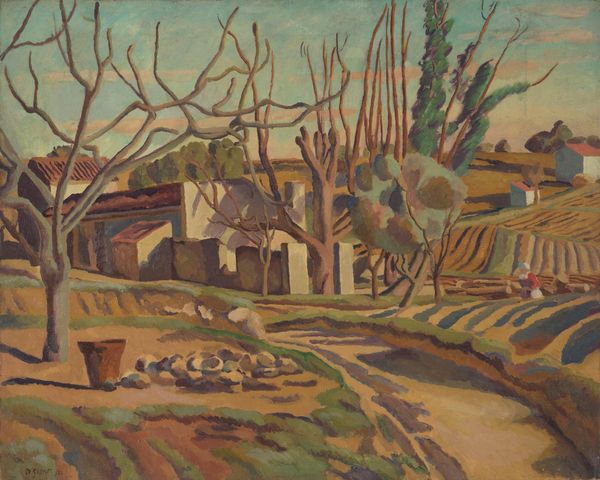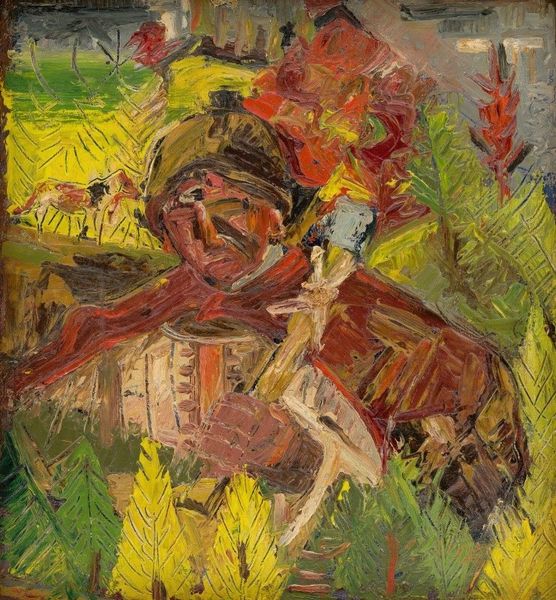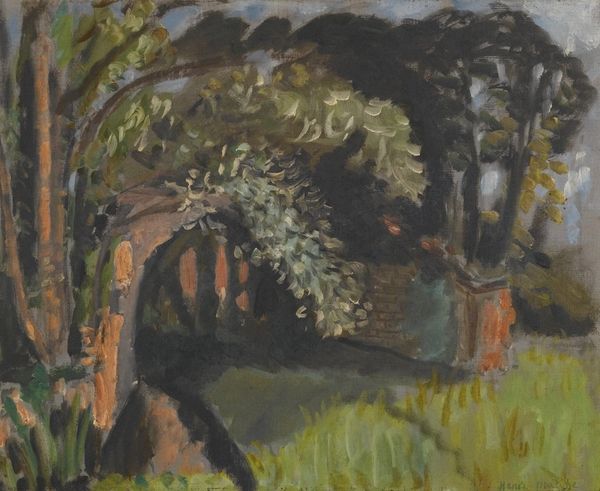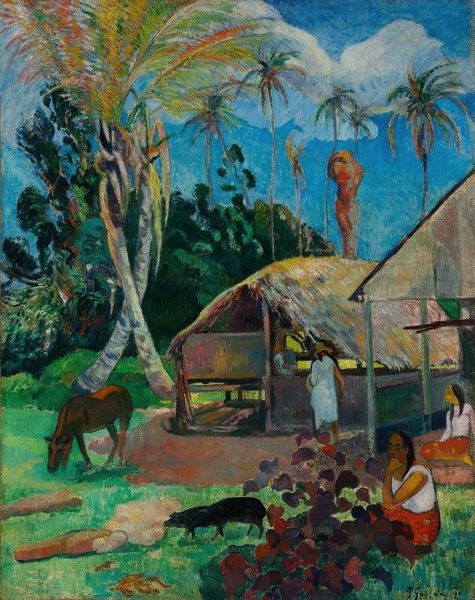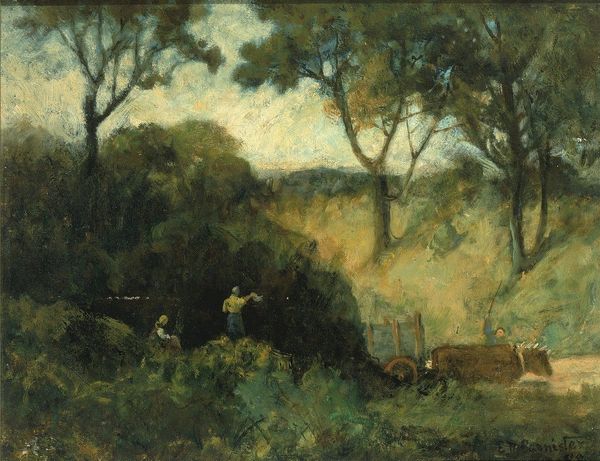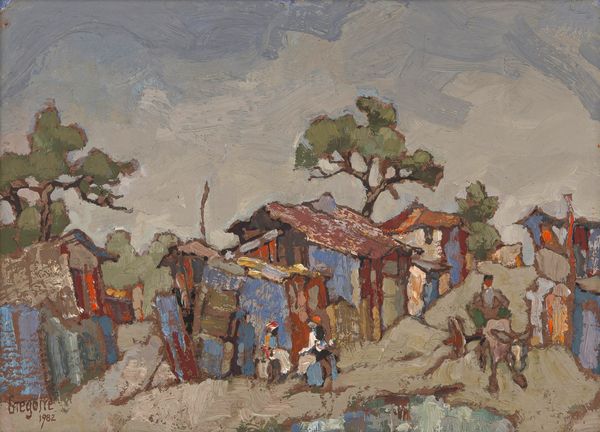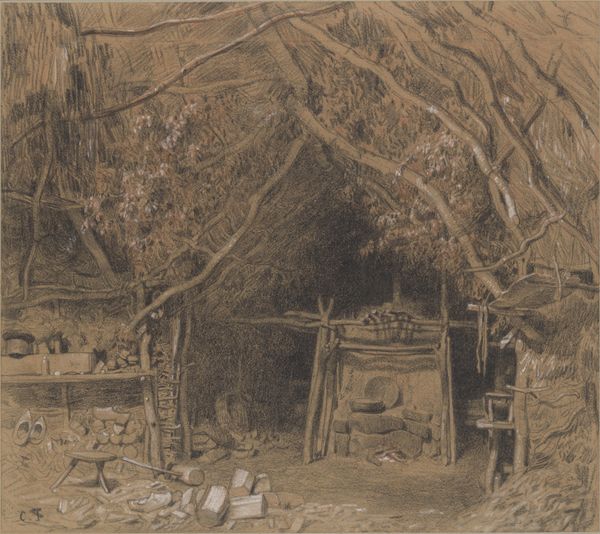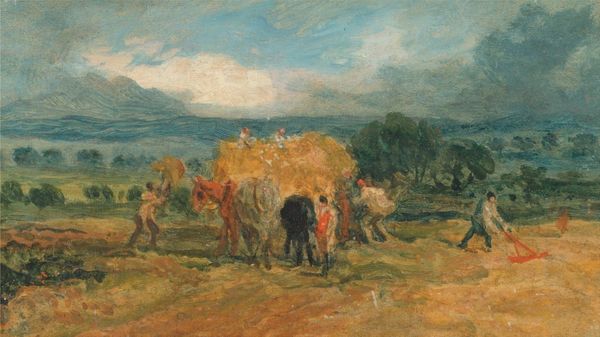
Copyright: Public domain
Karl Edvard Diriks made this painting, "Chickens, France," with what looks like fairly loose brushwork. The colours are muted, earthy, like he was really there, feeling the dirt under his feet. There's a real sense of materiality here. It’s not just about depicting chickens; it’s about the stuff the world is made of. See how the paint's applied, especially in those haystacks? It's thick, almost sculptural. You can practically feel the texture of the hay. And then those little chickens, dotted around, they almost disappear into the grass with these little flecks of white and brown paint. It feels less like a portrait of chickens and more like an exploration of colour, light, and form. This reminds me of the work of the Impressionists. Like them, Diriks seems to embrace ambiguity, inviting us to see the world not as it is but as it’s felt.
Comments
No comments
Be the first to comment and join the conversation on the ultimate creative platform.
